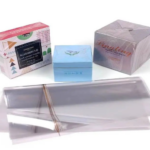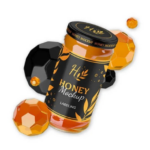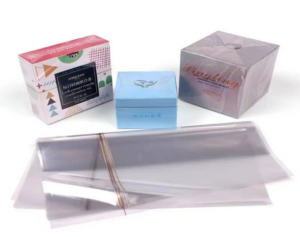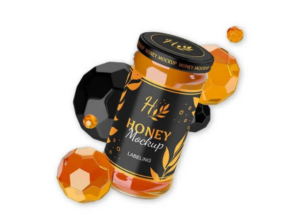Magazine manufacturing prioritizes beauty and durability. Magazines are creative, helpful, and informative. To improve the look and durability of covers and pages, magazine manufacturing relies on thermal lamination from China thermal lamination film manufacturers. This article examines thermal lamination’s physics, advantages, and magazine manufacturing applications.

Understanding Thermal Lamination:
Thermal lamination involves heat and pressure sealing translucent plastic film to paper or cardboard. Polyester or polypropylene film is also thermally laminated to paper or cardstock. The laminate plastic film has matte, gloss, or satin finishes and thicknesses.
The Process Science:
Thermal lamination uses various scientific principles:
- Heat Transfer:
The adhesive layer of the lamination film from China thermal lamination film suppliers is activated by heat. Laminating machines use heated rollers. Heat softens the glue as it runs through these rollers, enabling it to adhere to paper or cardstock.
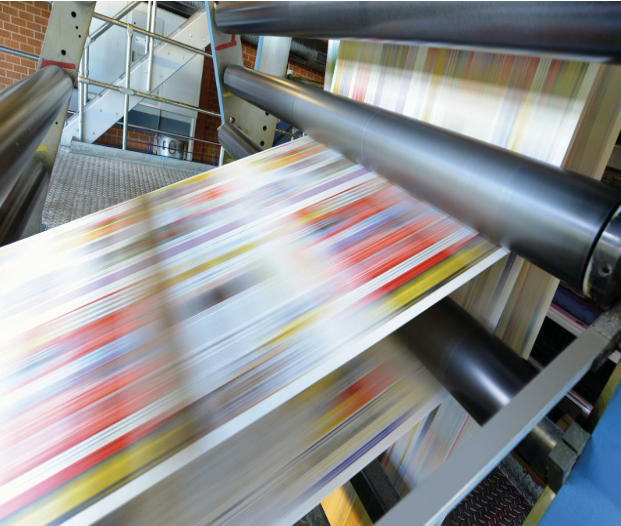
- Pressure Dispersion
Pressure and heat are necessary for laminating. Rollers on the laminating machine push the substrate and film equally, ensuring excellent adhesive and removing air bubbles and creases. Thermal lamination bonding requires pressure and heat. The machine’s rollers evenly press the laminating film and paper. This pressure eliminates air bubbles and guarantees close adhesive-paper contact for a smooth, tight connection.
- Stickiness:
Lamination film from China Bopp film manufacturers adhesive adheres well to paper or cardstock. This adhesive bonds firmly to the substrate when activated by heat. Adhesive composition affects bonding strength, flexibility, and environmental resistance.
- Thermal Lamination Fundamentals:
Thermal lamination bonds paper using heat-activated adhesive films. Laminating film, substrate (paper), and machine are usually used. The laminating film is commonly polyester or polypropylene, with one side covered with thermally activated adhesive.

- Heat-Activation Mechanism:
Heat activation underpins thermal lamination. The adhesive layer is activated by heat when the laminating film passes through the rollers. As the glue melts and becomes sticky, it sticks to the paper substrate.
- Molecular Bonding:
Thermal lamination relies on molecular bonding. When heated, the adhesive layer’s molecules become highly mobile, enabling them to mix with paper substrate fibers. These intermolecular interactions generate strong connections when the glue cools and hardens, enclosing the paper in the laminating film.
Magazine Production Benefits from Thermal Lamination:
Thermal lamination is suitable for magazine manufacturing because of its many benefits:
- Increased Durability:
Thermal lamination from China Bopp film suppliers protects magazine covers and pages against ripping, creasing, and dampness using plastic. This improved resilience allows magazines to endure handling, shipping, and storage without losing their look.
- Better Looks:
The glossy or matte quality of laminated magazine covers makes them more appealing to readers. Lamination deepens colors and photos, giving magazines a polished appeal that captivates readers.
- Surface Protection:
Thermal laminating protects against scratches, smudges, and other surface flaws while improving aesthetics. This protective coating keeps printed goods looking good and increasing their durability.
- Easy Upkeep:
Easy to clean laminated magazine covers and pages: just wipe with a wet towel to remove dirt and spills. This simplicity of upkeep keeps magazines beautiful despite frequent handling and environmental exposure.
- Tear and Crease Resistance:
Thermal lamination strengthens magazines, preventing ripping, creasing, and wrinkling even with repeated usage.
Magazine Production using Thermal Lamination:
Thermal lamination is used in several magazine manufacturing processes:
- Magazine Covers:
Laminated covers make periodicals stand out on newsstands and attract readers. Laminated covers populate photographs and graphics, inviting readers to take up the magazine.
2. Inside Pages:
Inside magazine pages like feature stories, ads, and inserts may be thermally laminated. Page laminates protect against wear and tear and display material clearly and elegantly.
- Special Editions:
Thermal laminating improves magazine appearance and value for special editions and collector’s issues. Readers and collectors like laminated covers and pages because they seem luxurious and exclusive.
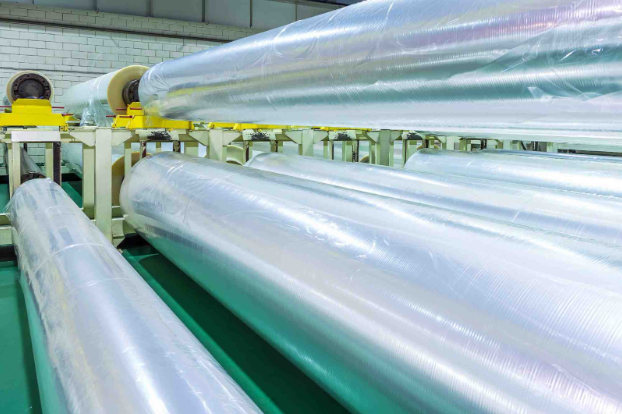
- Advertising:
Thermal lamination may also be used on posters, postcards, and brochures sent with the magazine. Laminated promotional items boost brand awareness and wow recipients.
Considerations and Limits:
Thermal lamination is beneficial, but magazine manufacturing must consider certain things before using it. This includes:
- Cost
Specialized equipment and materials make thermal lamination more expensive. However, long-term advantages frequently outweigh early outlay.
- Impact on the environment:
Thermal lamination using plastic sheets creates sustainability and environmental problems. To address these concerns, manufacturers are researching eco-friendly options.
- Limitations on size and thickness
The thickness and size of the laminating film may limit the magazines that may be laminated. Customized solutions may be needed for oversized or irregular publishing.
Conclusion:
Thermal lamination, which combines practicality and aesthetics, is essential in magazine manufacturing. By knowing their science, magazine makers may use thermal lamination to create gorgeous, durable, and memorable publications. In today’s competitive publishing scene, thermal lamination helps magazines succeed and last by improving covers, pages, and promotions.
Thermal laminating is a complicated yet easy way to improve magazine quality and longevity. This procedure uses heat activation and molecular bonding to improve aesthetics, usefulness, and durability. As the publishing business evolves, knowing thermal lamination science will be crucial for streamlining magazine manufacturing and providing excellent goods to consumers globally.

